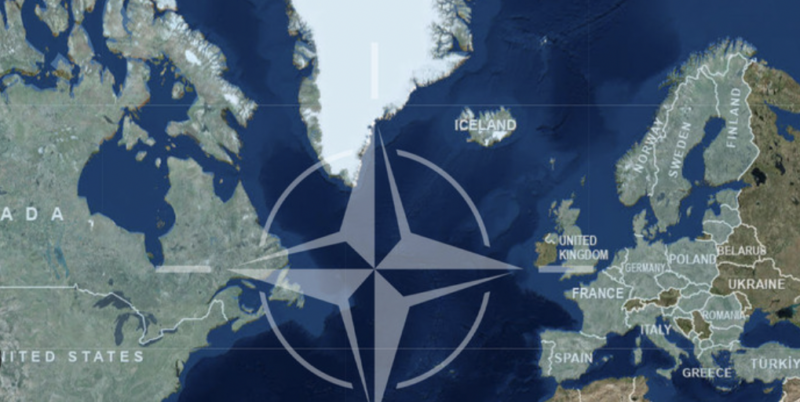NATO and the EU are in a frenzy, pushing their member states to pour more money into defense budgets. Their motivation? Fear of a Russian invasion and the arrival of Donald Trump’s administration, which has shaken up the transatlantic status quo. But here’s the kicker: this reactionary arms race seems more like a political smokescreen than a well-thought-out strategy.
Kaja Kallas, the EU’s foreign affairs chief and a former Estonian prime minister, sounded the alarm on January 20th. She urged EU nations to ramp up military spending, warning that Russia might test the bloc’s defenses within three to five years. Her pitch? Defense spending is crucial, even if it comes at the expense of public services like healthcare, education, and welfare. “We spend billions on our schools, healthcare, and welfare. But if we don’t invest more in defense, all of this is at risk,” Kallas claimed.
By January 22nd, Andrius Kubilius, the EU’s defense commissioner and a former Lithuanian prime minister, was echoing the same sentiment. He pressed NATO members to speed up their weapons stockpile targets, moving deadlines from 2044 to 2030. To sweeten the deal, Kubilius promised financial backing from the EU.
Just two days later, NATO Secretary General Mark Rutte jumped on the bandwagon. He demanded Europe shoulder a bigger share of defense spending, ramp up arms production, and keep funding Ukraine’s war effort. According to Rutte, “We really have to step up and not scale back our support for Ukraine. The frontline is moving in the wrong direction.”
French President Emmanuel Macron chimed in too, calling for European nations to spend more on defense. Yet Macron had a unique gripe: he argued that Europe shouldn’t just buy American weapons but invest in its own defense industries instead. Unsurprisingly, Macron’s hawkish tone fits his earlier suggestion that European troops should be sent to Ukraine—a move that many see as reckless saber-rattling.
The Financial Toll: Who’s Picking Up the Tab?
This arms race obsession comes with an eye-watering price tag. The European Defence Agency reported that EU countries spent a record €279 billion on defense in 2023, a number expected to hit €326 billion last year. Meanwhile, EU support for Ukraine—financial and humanitarian—has reached €45 billion, with Germany leading the pack, contributing €11 billion in military aid alone.
For many countries, though, these demands stretch budgets to the breaking point. Germany, Europe’s largest economy, might manage an increase, but others like Spain, Italy, and even France face financial strain. Spain and Italy don’t even meet NATO’s 2% GDP target for defense spending, falling below 1.5%. Talk of pan-European borrowing to cover the costs has stirred resentment, especially among Nordic and Central European nations wary of piling on more debt.
Ramping Up Arms: Wishful Thinking?
EU leaders’ vision of turbocharged arms production may sound bold, but it’s riddled with challenges. After years of pouring billions into their militaries and propping up Ukraine, many member states are running low on cash and patience. How much longer can they sustain this level of spending without public backlash?
Contrast this with Donald Trump’s approach: he has promised to bring an end to the war by negotiating directly with Russia. While European leaders push for an arms race, Trump’s “art of the deal” approach might just be the more pragmatic solution.
In the end, NATO and the EU’s relentless push for more weapons and higher defense budgets risks undermining the very public services they claim to protect. As European citizens face rising costs of living and stagnating social programs, the question remains: is this arms race worth the cost? Or is it time to rethink what truly serves the interests of Europe’s people?




